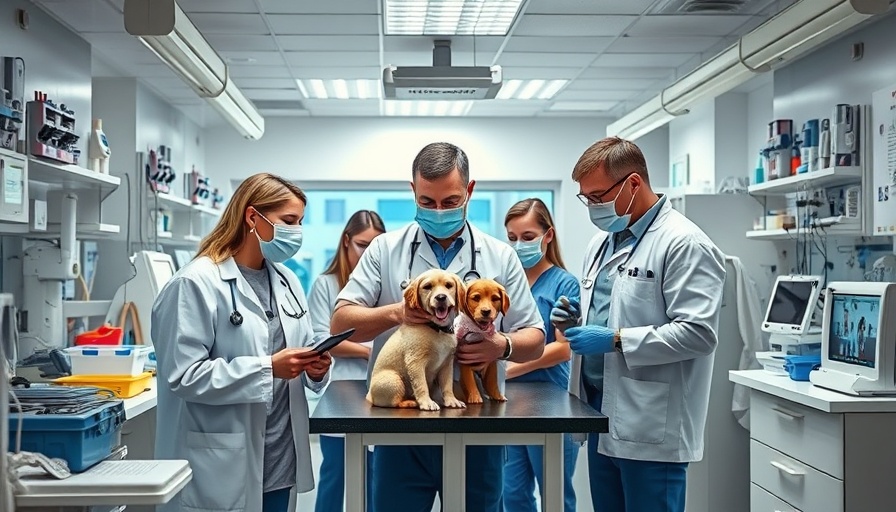
Understanding the Unpredictability of Disasters in Business
For veterinary clinic owners, the looming question is not whether disaster will strike but when. Natural calamities, unexpected technological failures, or even crisis caused by human error can turn a thriving clinic into a temporary chaos. As someone who has faced myriad business setbacks, I understand the need for preparedness. Taking proactive steps today can mean less anxiety during a future crisis. Whether it's a flood, electrical failure, or a staff shortage due to illness, there are practical measures every business owner should implement.
Prioritizing Safety in Crisis
The first step after any disaster, big or small, is ensuring the safety of your team and clients. Particularly in a veterinary setting, this includes securing all animals and reassuring pet owners. Establish a checklist for emergencies that includes evacuation routes, safety procedures, and communication methods. Once you confirm safety, evaluate any damages and make photographic records—particularly important for insurance claims.
The Importance of Transparent Communication
Effective communication is your lifeline during crises. Informing your staff about the nature of the disaster and how it impacts day-to-day operations is essential for maintaining morale. Patients and clients will also appreciate clear updates regarding the status of their treatments and operational hours. Utilizing tools like text alerts, social media, and email newsletters can help keep everyone in the loop.
Implementing Your Disaster Recovery Plan
If you haven't already developed a disaster recovery plan, consider this a call to action. A comprehensive plan will address roles, responsibilities, and procedures for every possible disaster scenario. This is not just about business continuity; it also reflects your commitment to client care. Resources like the Small Business Administration provide templates and checklists that can kickstart your planning process.
Learning from Past Disasters: Real-world Examples
Consider the veterinary clinic that faced downtime due to a sudden power outage. Equipped with a generator and a detailed disaster recovery plan, they managed to keep essential equipment operational, ensuring that critical care remained uninterrupted. Such examples serve to emphasize the importance of preparation and can motivate you to think proactively about your own clinic.
Future Trends: Integrating Technology in Crisis Management
As technology evolves, so do the strategies for disaster response. Cloud computing, for instance, allows for instant access to essential data, facilitating quicker recovery. By investing in digital solutions that streamline communication and data management, clinics can harness technology not just for everyday operations but also during unexpected crises.
Practical Steps for Immediate Action
While it's easy to feel overwhelmed by the idea of a disaster, taking small, actionable steps can make a big difference. Start with a safety audit of your premises, ensuring emergency exit routes are clear and necessary supplies are stocked. Engage your team in disaster preparedness drills. This not only equips them with the necessary skills but also fosters a culture of collaboration and responsibility.
As veterinarians, we dedicate ourselves to the care of animals, but we must also care for our businesses. By prioritizing readiness and open communication, you not only strengthen your practice but also enhance your reputation within the community. Take the time now to ensure your clinic is poised for anything life may throw its way.
For the survival and thriving of your practice, investing time into crisis preparedness could mean the difference between a catastrophe and a smooth recovery if disaster strikes. Let's talk about how you can enhance the resiliency of your veterinary clinic.
 Add Row
Add Row  Add
Add 




Write A Comment